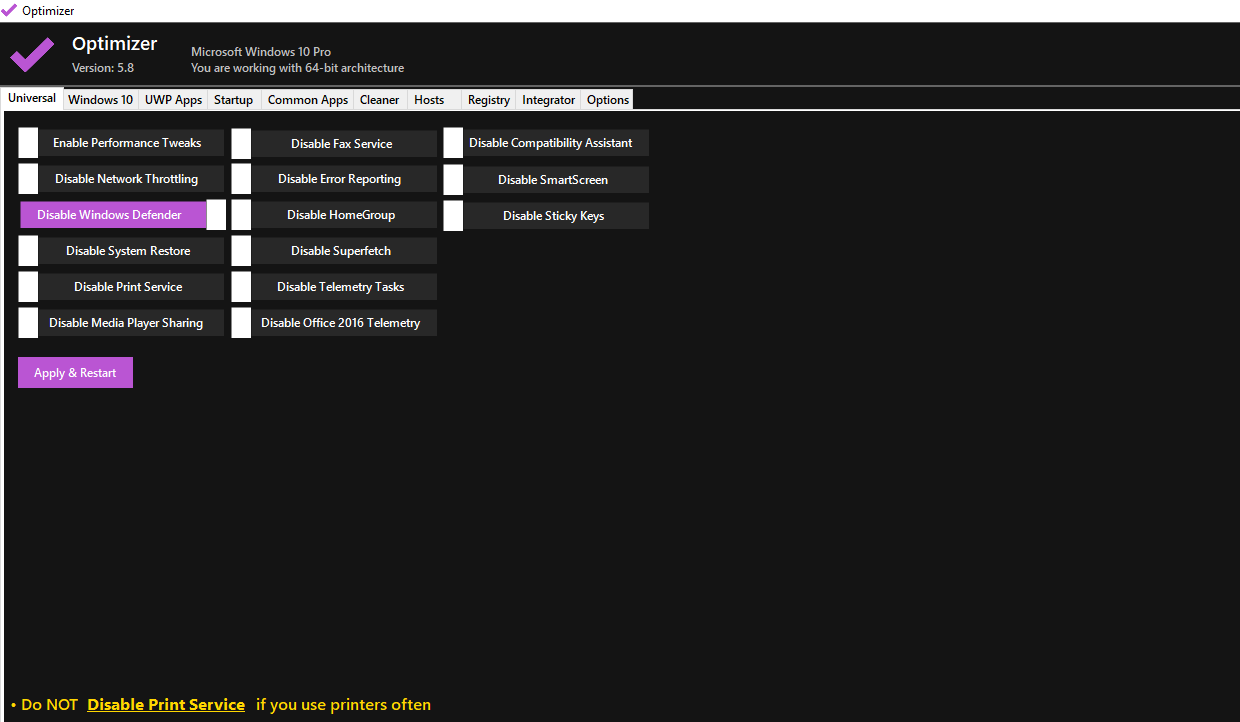Ultimate Guide to AI Monetization Strategies for 2025: Boost Revenue with Innovative Solutions
In the rapidly evolving digital landscape of 2025, artificial intelligence (AI) continues to revolutionize industries, reshape business operations, and transform consumer experiences. With over 60% of Fortune 500 companies already leveraging AI tools for enhanced productivity, the market for AI-driven solutions is booming. This comprehensive guide explores cutting-edge AI monetization strategies, tailored for decision-makers in large corporations, tech enthusiasts, developers, and everyday consumers. Whether you’re looking to capitalize on AI’s potential or seeking innovative ways to integrate it into your business model, this article provides actionable insights to maximize revenue and stay ahead of the curve.
Identifying and Understanding Your Target Audience for AI Solutions
To effectively monetize AI technologies, it’s crucial to understand the diverse needs and expectations of your target audience. The AI market caters to a wide range of stakeholders, each with unique motivations and challenges. Below, we break down the primary audience segments and their specific demands:
- Fortune 500 Corporations: Large enterprises prioritize efficiency and scalability. Many have adopted AI tools like Microsoft 365 Copilot to streamline operations, reduce costs, and improve decision-making processes. For these organizations, AI solutions must offer measurable ROI, seamless integration with existing systems, and robust data security features.
- Tech Enthusiasts and Developers: This group is driven by innovation and a passion for cutting-edge technology. They seek AI platforms that enable experimentation, customization, and the development of novel applications. Providing APIs, open-source tools, and developer-friendly environments can attract this segment.
- Everyday Consumers: General users are looking for intuitive, accessible AI solutions that simplify daily tasks. From smart home devices to personalized recommendation systems, consumer-focused AI must prioritize ease of use, affordability, and practical value.
By tailoring your AI offerings to address the specific pain points and aspirations of these groups, you can create targeted monetization strategies that resonate with each segment.
Crafting a Compelling Value Proposition for AI Products
In a competitive AI marketplace, a well-defined value proposition is essential to differentiate your offerings. Your mission should focus on delivering AI solutions that not only enhance productivity but also build meaningful connections between users and technology. Here are the core pillars of a strong value proposition for AI monetization:
- Efficiency and Sustainability: Modern businesses and consumers value sustainability. AI solutions that optimize resource usage, reduce energy consumption, and promote eco-friendly practices can gain a competitive edge. Highlighting these benefits in your marketing can appeal to environmentally conscious stakeholders.
- User-Centric Design: Whether targeting corporate clients or individual users, AI applications must prioritize user experience. Customizable features, intuitive interfaces, and responsive customer support can significantly enhance adoption rates and customer satisfaction.
- Ethical AI Practices: As AI adoption grows, so does public scrutiny regarding data privacy, bias, and transparency. Committing to ethical AI development—such as fair algorithms and secure data handling—builds trust and strengthens brand reputation among socially responsible audiences.
Proven AI Monetization Strategies to Drive Revenue in 2025
Monetizing AI technologies requires a strategic blend of traditional business models and innovative approaches. Below are some of the most effective monetization strategies for AI solutions in 2025:
- Subscription-Based Models: Offer AI tools and platforms on a subscription basis, providing consistent revenue streams. For instance, businesses can subscribe to AI-powered analytics dashboards, while consumers might pay for premium features in personal assistant apps.
- Freemium Offerings: Attract a broad user base with free basic AI tools, then upsell premium features or advanced functionalities. This model works well for consumer apps and developer platforms, encouraging widespread adoption before monetizing through upgrades.
- Licensing and White-Labeling: License your AI technology to other companies or allow them to rebrand it as their own. This approach is particularly lucrative for B2B markets, where corporations seek tailored AI solutions without building them from scratch.
- Data Monetization: Leverage anonymized data collected from AI interactions to provide valuable insights to third parties, such as market research firms. Ensure compliance with data privacy regulations like GDPR to maintain trust and legality.
- Pay-Per-Use Models: Charge users based on their actual usage of AI services, such as API calls or processing hours. This flexible pricing structure appeals to businesses with fluctuating needs and budgets.
By combining multiple monetization models, you can diversify income sources and adapt to the varying preferences of your audience. Additionally, continuously monitor market trends and user feedback to refine your strategies and maintain a competitive advantage.
Conclusion: Capitalizing on the AI Boom
The AI industry in 2025 offers unparalleled opportunities for businesses and innovators willing to embrace its potential. By deeply understanding your target audience, articulating a compelling value proposition, and implementing versatile monetization strategies, you can position your AI solutions for success. Whether you’re a Fortune 500 executive aiming to enhance operational efficiency or a startup developer creating the next big consumer app, the key lies in delivering value-driven, ethical, and sustainable AI products. Stay ahead of the curve by adopting these strategies and watch your revenue soar in the dynamic world of artificial intelligence.


